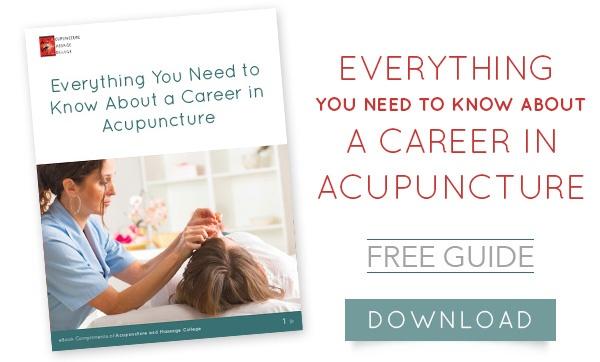Traditional Chinese Medicine (TCM) as Complementary Medicine
Disclaimer: The information provided on this site is intended for your general knowledge only and is not a substitute for professional medical advice or treatment for specific medical conditions. You should not use this information to diagnose or treat a health problem or disease without consulting with a qualified healthcare provider. Please consult your healthcare provider with any questions or concerns you may have regarding your condition.
In the last article, we discussed the current state of Traditional Chinese Medicine (TCM) as a medical practice in the West. We noted that the terms alternative and complementary are used interchangeably to describe TCM (also called Oriental Medicine). While these terms accurately describe TCM as a medical practice, I make the argument that the two terms should not be used interchangeably, because of their different meanings.
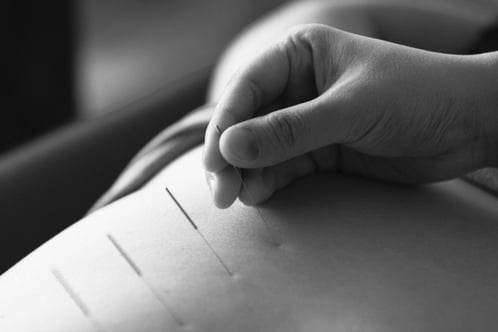
Acupuncture is an effective alternative and complementary medicial practice
An alternative treatment is meant to replace a conventional treatment (usually with a more natural or low-risk practice), while a complementary treatment is meant to be used alongside, but not in place of, a conventional treatment.
This distinction is also advocated by the National Center for Complementary and Integrative Health (NCCIH), which is the US Federal Government’s leading agency for non-conventional medical research.

While it is clear that an alternative treatment acts in place of a conventional treatment, it is less clear what a complementary relationship between holistic and conventional medicine looks like.
In this article, we will analyze complementary medicine and evaluate the relationship between holistic and conventional medicine, particularly as it relates to Traditional Chinese Medicine.
What is Complementary Medicine?
The current role of TCM in the West is that functions as an alternative or complementary medical practice to modern medicine. When TCM functions as an alternative practice, its healing modalities act in place of the conventional treatment. However, when it is a complementary practice, its modalities act alongside or in conjunction with modern medicine.
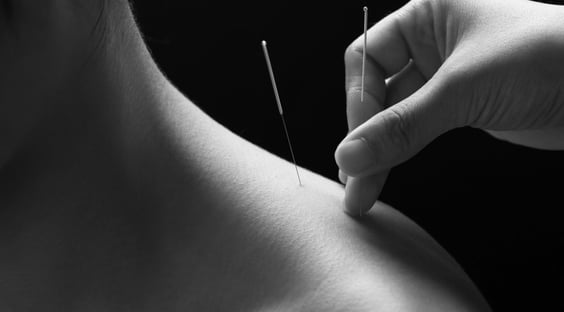
Acupuncture is a complementary practice when used in conjunction with conventional medicine
Before we evaluate TCM as a complementary practice, let’s discuss what we mean by complementary medicine.
The term complementary medicine is used to describe holistic practices that enhance or add to the healing effects of conventional treatments. In this role, holistic medicine is either used to treat the side-effects of a conventional treatment (e.g. using acupuncture for pain-reduction after conventional surgery for a ruptured appendix) or in conjunction with a conventional treatment to better treat the same illness (e.g. using acupuncture and prescription antidepressants to treat depression).
This description helps us determine if a particular treatment is a complementary practice based on three major criteria:
1. The particular practice must be holistic in its approach to healing.
In the past, we have extensively covered the difference between conventional and holistic medicine. By holistic, I mean its primary aim is to heal the entire person: physical (body) and non-physical (mind), usually through more natural means. As previously discussed, Traditional Chinese Medicine is holistic medicine.

This criterion helps to distinguish between instances when different conventional medicines are used conjunctionally. For example, taking an aspirin for pain after a root canal would not count as complementary medicine (even though aspirin is medicine and is “complementing” the surgery), because both medicines have purely physical approaches to healing. Similarly, using two different holistic treatments would not count as practicing complementary medicine.
2. The holistic treatment complements a conventional treatment.
Complementary medicine has a specific place in its relationship with conventional medicine. The conventional practice is taken to be the primary form of treatment, while the holistic practice is secondary. In a previous example, a ruptured appendix is first treated with conventional surgery. Afterward, the undesired effect of the surgery, postoperative pain, is treated with acupuncture. This example shows that conventional medicine is to be the primary means of treating a medical problem, while holistic medicine is meant to be a secondary treatment.
.jpg?width=421&name=tcm%20vs%20west%20poster%20(1).jpg)
This relationship is maintained even in instances where holistic and conventional medicines treat the same illness, such as in the example where acupuncture and prescription antidepressants are used together to treat depression.
Given that a complementary treatment is always used with a conventional one, the question of when to use a complementary practice arises. While the decision to add a complementary treatment to a conventional practice will vary from case to case, the important point to note is that if a complementary treatment is to be used, it should have a record of working well with a conventional treatment. This leads us the next point.
3. The complementary treatment should be more effective than using the conventional treatment alone.
In other words, there must be good evidence to show that a complementary treatment actually works. Reliable, peer-reviewed studies will indicate which illnesses are better treated with a combination of a conventional and holistic treatment, rather than by using the conventional treatment by itself.
An interesting point to note is that in many of these studies, there is a control group that utilizes a sham or pseudo-version of a holistic treatment to account for the placebo effect. For example, if a study uses “sham acupuncture” what they mean is that they’re using a practice that only resembles acupuncture, but isn’t true acupuncture. For example, they may utilize acupuncture needles, but not insert them in the proper qi meridians, while another group (with the same illness) will receive a real acupuncture treatment. If acupuncture shows promise as a complementary practice, then the group treated with acupuncture will have a statistically significant difference in healing over the group that was treated with fake acupuncture.
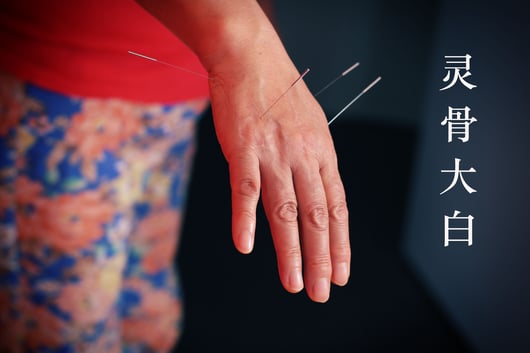
We’ve established and discussed the criteria for what constitutes a complementary medical practice. In the next article, we will discuss documented instances where Traditional Chinese Medicine (TCM) has shown to be an effective, complementary medical practice.
If you are enjoying this blog series on Traditional Chinese Medicine as a holistic practice, then you should consider a career in acupuncture, which was recently approved by the American College of Physicians.
To learn more, visit our Oriental Medicine program page and download our career guide below. Acupuncture and Massage College is located in Miami, Florida.
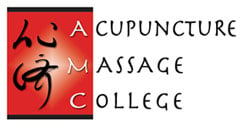
 (305) 595-9500
(305) 595-9500



